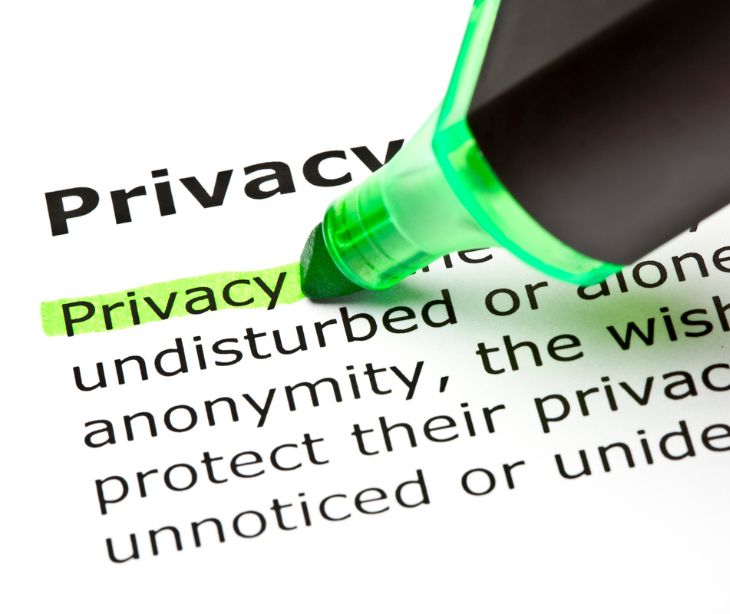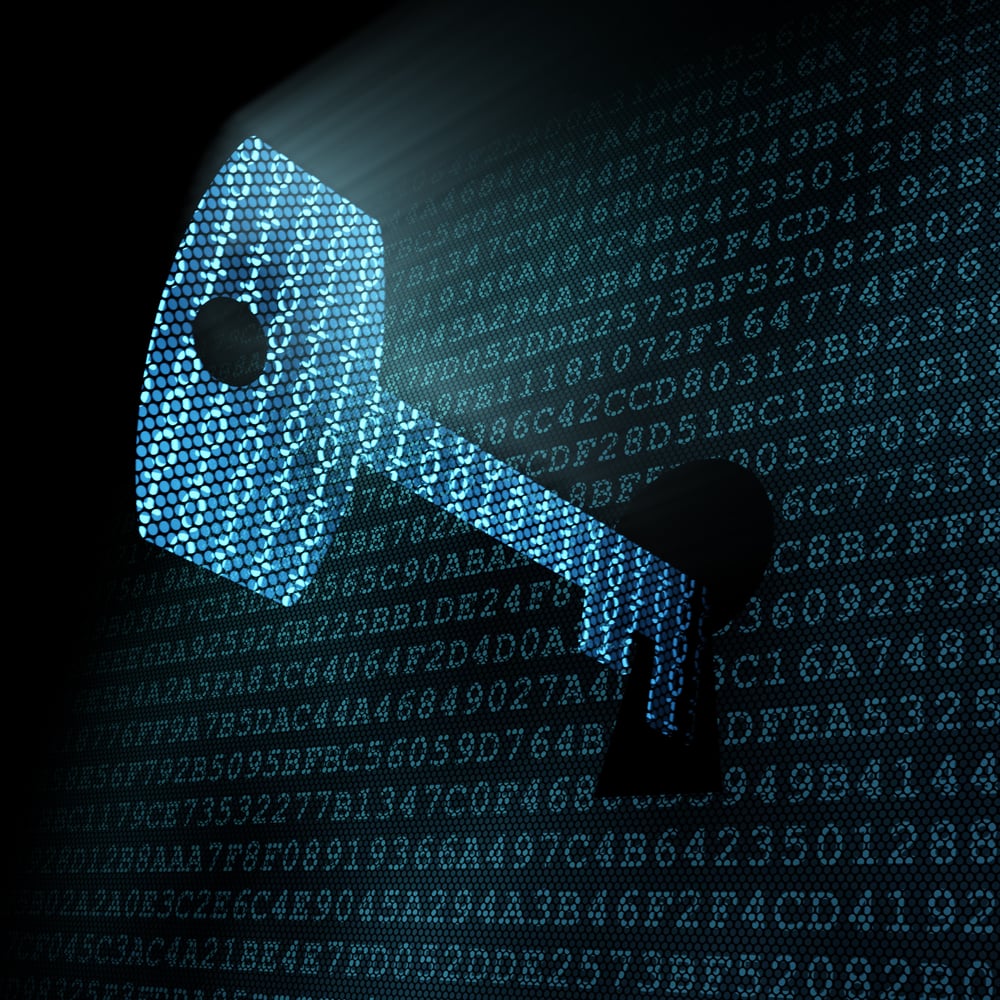3 min read
Developing a facility security plan for HIPAA compliance
Liyanda Tembani
September 02, 2024

Healthcare organizations must develop a facility security plan to comply with HIPAA's physical safeguards for protecting electronic protected health information (ePHI) from unauthorized access and breaches. Organizations should conduct a thorough risk assessment to identify vulnerabilities, implement strict access control measures, use monitoring and surveillance systems, prepare emergency and contingency plans, secure workstations and devices, and regularly train staff on security protocols.
Understanding HIPAA’s physical safeguards
According to the Department of Health and Human Services, the Security Rule requires, “Covered entities to maintain reasonable and appropriate administrative, technical, and physical safeguards for protecting e-PHI." These safeguards prevent unauthorized physical access to facilities where ePHI is stored or accessed. A facility security plan provides a roadmap for securing healthcare buildings and physical infrastructure against potential threats.
Related: What are administrative, physical and technical safeguards?
Developing a facility security plan
Conducting a risk assessment
The first step in developing a facility security plan is conducting a thorough risk assessment, which requires identifying physical assets, such as computers, servers, storage devices, and the areas where ePHI is handled. Next, administrators should assess potential vulnerabilities, such as the risk of theft, unauthorized access, or natural disasters. Healthcare organizations can prioritize security measures effectively by evaluating the likelihood and impact of these threats.
Developing access control policies
Implement measures to control who can enter areas where ePHI is stored or processed. Facilities may use measures like locks, keycard systems, biometric scanners, or a combination of security tools. Define authorization and authentication procedures to ensure only authorized personnel can access sensitive areas. Additionally, establish a visitor management system to monitor and control access for non-employees, ensuring visitors are always escorted and logged.
Read more: A guide to HIPAA and access controls
Implementing monitoring and surveillance
Monitoring and surveillance are components of a facility security plan. Install security cameras in key areas to monitor access and deter unauthorized entry. Alarm systems should be in place to alert staff of any breaches. Regularly review security footage and access logs to identify and address potential security issues.
Emergency response and contingency planning
Prepare for emergencies by developing clear response protocols for various scenarios, such as break-ins, fires, or natural disasters. Protocols should prioritize the protection of ePHI and the safety of staff and patients. Additionally, make plans for business continuity and include steps to secure and recover ePHI in an emergency.
Workstation use and security
Workstations that access ePHI must be secure and placed in areas that prevent unauthorized viewing. Use screen privacy filters and ensure that workstations automatically log off after a period of inactivity. These measures reduce the risk of ePHI being accessed or viewed by unauthorized individuals.
Device and media controls
Devices that handle ePHI, such as computers, USB drives, and backup tapes, must be secured against theft or loss. Establish procedures for the secure disposal of media containing ePHI to prevent unauthorized access. Regularly back up data and have a clear data recovery plan so that ePHI can be restored in case of device failure or loss.
Related: Strategies for MDM and HIPAA compliant communication
Training and staff awareness
Security measures are only effective if staff understand and follow them. Regularly train employees on security protocols and the importance of protecting ePHI. Promote a culture of security awareness where staff are vigilant and proactive in maintaining the facility's security.
Documentation and regular review
Thoroughly document the facility security plan, detailing all policies, procedures, and security measures. The documentation can be a reference for staff and demonstrate HIPAA compliance efforts. Regularly review and update the plan to address new threats, changes in facility layout, or updates in technology.
Auditing and continuous improvement
Conduct regular internal audits to evaluate the effectiveness of your physical security measures and ensure they meet HIPAA requirements. Consider external audits to validate compliance and identify areas for improvement. Establish mechanisms for feedback and continuous improvement, ensuring that the facility security plan evolves with emerging threats and best practices.
FAQs
What role do third-party vendors play in facility security?
Third-party vendors with access to facilities or ePHI should be vetted for compliance and sign a business associate agreement (BAA), outlining their responsibilities to secure PHI.
How can healthcare organizations ensure compliance during construction or renovations?
During construction or renovations, organizations should implement temporary security measures, such as restricted access to sensitive areas, to maintain ePHI protection and review the facility security plan post-construction to address new risks.
Are there specific tools or software recommended for monitoring facility security?
Organizations can use tools like integrated security management systems (ISMS), which combine access control, surveillance, and alarm systems into one platform for real-time monitoring and streamlined incident response.
Subscribe to Paubox Weekly
Every Friday we'll bring you the most important news from Paubox. Our aim is to make you smarter, faster.



